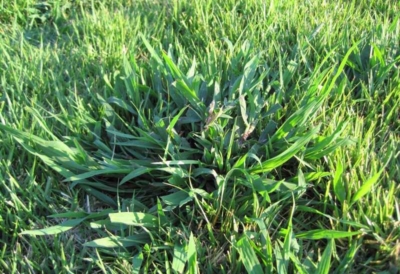Crabgrass Control Methods
Crabgrass is a common pest, but that doesn’t mean you have to put up with it. Through some careful planning and management, you can get rid of the finger-like weed from your garden.
Using Pre-emergent Herbicides for Effective Crabgrass Control
The most effective control option is a pre-emergent herbicide. This prevents the seeds from germinating and growing, but you need to get the timing right. Since some weeds can start to appear from late March, you’ll want to apply the herbicide before then. Others won’t sprout until May.
It’s best to apply 2-4 weeks prior to your lawn. You can start with four weeks from when germination began the year before and then apply every two weeks after that. Look out for signs of your forsythia blooming to get a rough guide on the timing for the crabgrass.
Make sure you use plenty of water on your grass to protect it from the pre-emergent herbicide. You’ll also prevent other seeds from sprouting, so don’t use a pre-emergent herbicide if reseeding your lawn or garden.
Managing After Emergence
If you didn’t get the date right, you will need to use something for managing your crabgrass after weeds begin to appear. Post-emergent herbicides can be effective, but not as good a treating your lawn beforehand. You need to use this when the weeds are still small. When they get larger, the best option is to pull the weeds out by your hand and then work on the smaller ones around. Pulling out the larger weeds will leave large gaps in your soil. You’ll want to pull them when they’re relatively small and bag up the top part to prevent more seeds from falling. The post-emergent herbicides can dry out your soil. Make sure you use plenty of water to protect your lawn.


